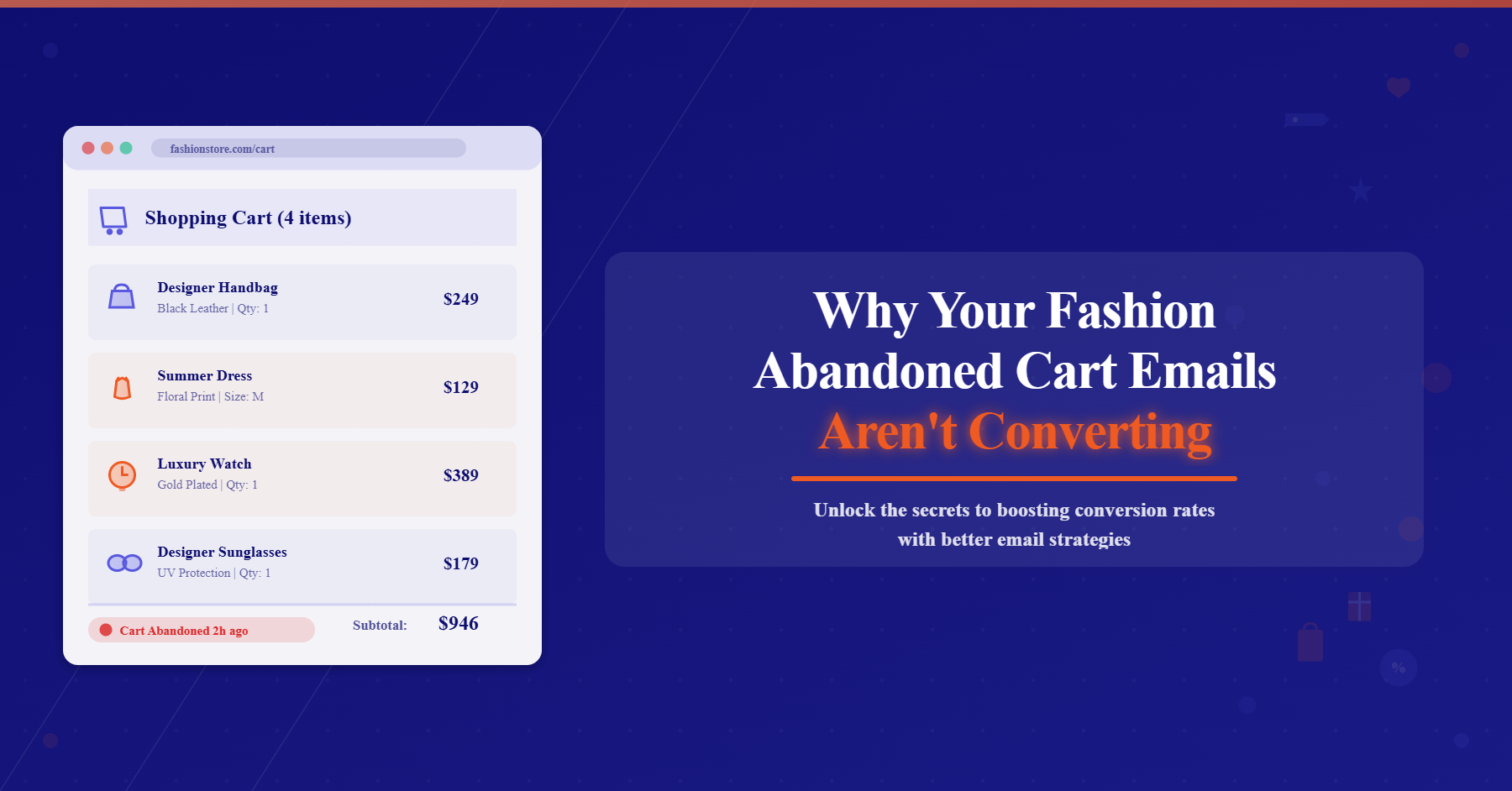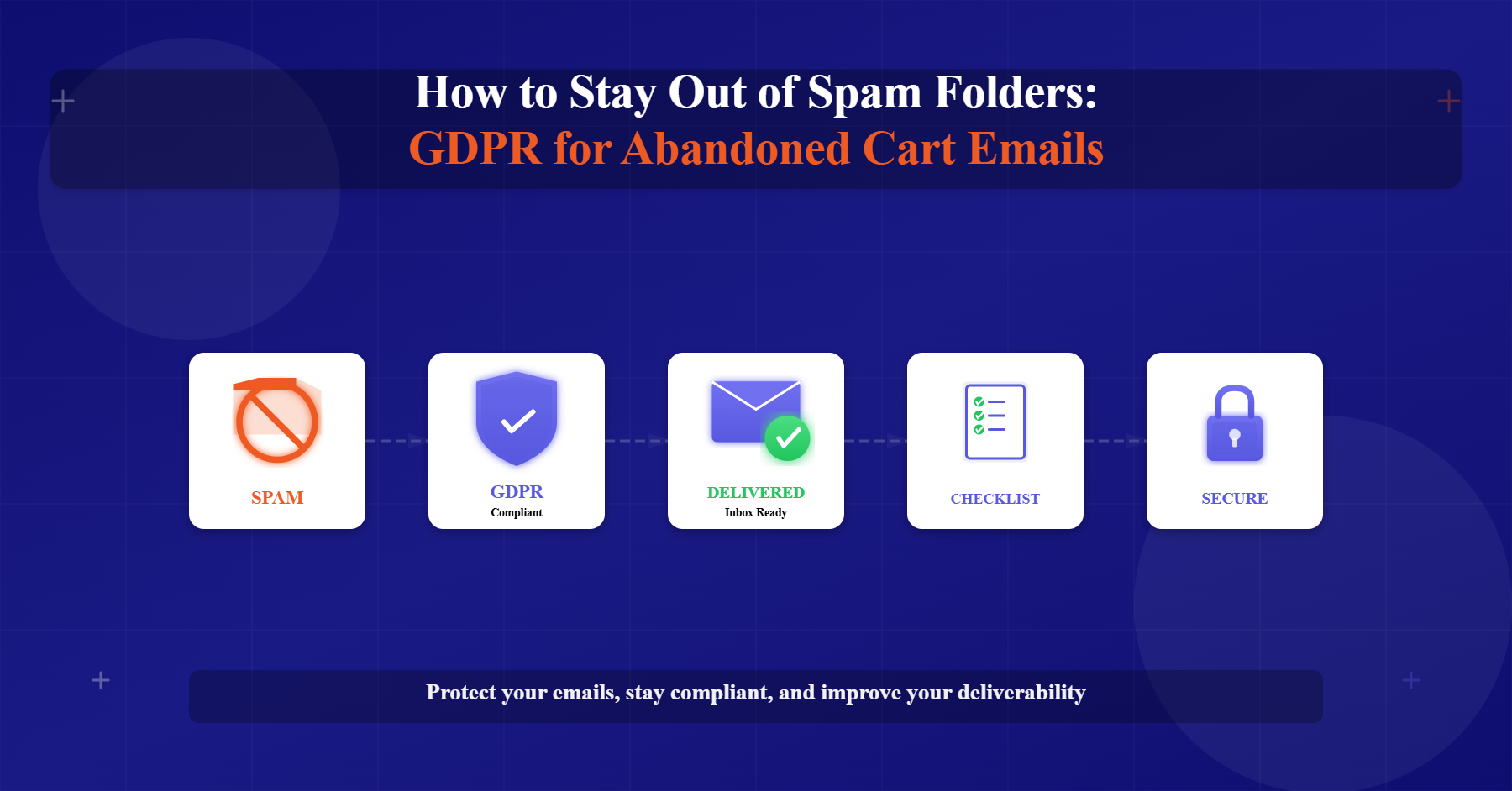Ecommerce is a business model that allows you to sell products or services over the internet to people worldwide. It’s the fastest-growing form of retailing, and it’s also one of the most challenging. Anyone can start an Ecommerce business with access to a computer, but selling online isn’t easy. Many people are trying their hand at starting an Ecommerce business these days since it can be highly profitable if done correctly.
If you are thinking about starting an Ecommerce business, you might be looking for some helpful tips to get your business off the ground. If so, this guide is for you!
The Ultimate Guide To Start An Ecommerce Business
1. Research Your Niche
Choosing a niche can be one of the most challenging decisions for new online entrepreneurs. It is, however, one of the most crucial factors in your Ecommerce business’ success.
A niche will help you define who your target audience is and what you’re selling to them. This will also allow you to focus on a specific target audience and help you choose the best products for your store.
Once you know this, it’s much easier to build an effective Ecommerce website through professional ecommerce development and create content that will resonate with that particular audience
There are many ways in which you can choose a niche for an Ecommerce business. You can decide your niche by the product category or by the possible sales volume in that particular category.
Select a product category and research it like:
- Is this category growing?
- What is the average sale of products in this category?
- What other products related to this category are available?
- How much profit margin will we get from these products?
Now, maybe you’re interested in some niches, brainstorm those ideas, do some keyword research and choose one or two niches from the list of ideas that fit your goal. For example, WonderWraps personalized Books represent a creative and emotionally engaging niche that combines storytelling with customization, making it a great example of how personalization can enhance product appeal in the Ecommerce space.
2. Choose Your Business Model
Selecting a business model for your Ecommerce business is one of the most important decisions you will make. It is a crucial step in developing a profitable online store.
I know there are many different options to choose from, and it’s often hard to decide which option such as a B2C store, subscription model, or a B2B marketplace that might be best suited to your business idea or situation.
However, there are two primary business model options for Ecommerce:
- Retail-focused
- Marketplace-focused
The retail-focused model allows you to sell directly to the public, while the marketplace-focused model allows you to sell products through your site and connect buyers and sellers. The combination of these business models can be effective in satisfying both consumers.
3. Validate Your Product And Target Market
The success of your Ecommerce business is primarily dependent on the product you choose to sell and the target market you wish to cater to. If these two are not validated, it can lead to financial losses, eventually affecting your business growth.
Validation is the process of checking if the idea you have for your startup is viable. For example, suppose you are planning to sell a new type of blender online. In that case, you can validate your idea by creating a landing page and start collecting email addresses from potential customers. If enough people sign up, this means that there’s interest in your product.
There are many ways to validate your Ecommerce business product ideas, but first, you should ask yourself these questions:
- Analyse the current state of the market (look for pricing, popularity, and gaps)
- Take a look at Google Trends.
- Discuss with close friends and family members to get their opinions.
- Create a landing page that directs visitors to your website.
- Assess the profitability of your product.
Don’t be disheartened if you discover that the item you planned to sell isn’t worth nearly as much as you thought. You can always go back and come up with different ideas.
If you already have an Ecommerce business or site, then validation is the process of testing different ideas to optimize conversion rates.
4. Write Your Business Plan
A business plan is a road map that outlines the route you wish to take with your business.
It helps to ensure that your business will develop in an orderly, structured manner, and it gives potential investors something tangible to look at.
A good business plan writer answers all of the questions others may have about your operation before investing their money. It will help you figure out what to do and when, so you can reach your goals.
There are seven different sections in an Ecommerce business plan. They include:
- Executive summary
- Company overview
- Market analysis
- Products and services
- Marketing plan
- Logistics and operations plan
- Financial plan
1) Executive Summary
This section tells the reader about the company’s products or services, its history, the market it’s in now, why it’s unique (if it is), and how it plans to grow in the future. It should be easy to read yet informative. It should leave no doubt about the company.
2) Business Overview
A business description is an essential part of a business plan. It is where you describe your business in detail, with every single aspect of your operations explained. This includes how it operates, how its unique selling points stand out from the competition, its financials, and how it will grow over time.
3) Marketing Analysis
Marketing analysis involves studying the market and consumer requirements, defining the company’s objectives and strategies to achieve them, identifying the main risks involved in running a business, developing a marketing mix which are the 4Ps that are product, price, promotion, and place.
4) Products And Services
In your executive summary, you might have provided a quick rundown of your company’s products and services. It’s time to go into more detail on what you just said. To promote a niche product or service, go into great depth; emphasize broad features and benefits.
5) Marketing Plan
A market plan is a detailed and comprehensive written statement of a company’s strategy to create, communicate, and deliver value to customers in its target market. It includes specific details about the products and services that the company intends to offer, how they will be marketed and distributed, pricing strategies, sales management, and support systems.
6) Logistics And Operations Plan
A logistics and operations plan covers the steps a company will take to fulfill orders, such as receiving, picking, packing, and shipping. The logistics and operations plan typically includes details about warehousing, distribution channels, inventory control, and shipping Partners. It’s very important that you coordinate with trusted shipping partners that use advanced technology like a route planning app to make sure that they can ship in the fastest and most efficient manner.
7) Financial Plan
A financial plan forecasts the company’s income and expenditure over a specific period. It shows anticipated sales and expenses and projected profit or loss at the end of the specified period. It determines if your business can be profitable and how much money you’ll need to start and operate your proposed business venture.
5. Pick Your Business Name And Legal Structure
Choosing a name for your Ecommerce business is one of the most important decisions you will make. A name should represent your company and its products, be easy to pronounce, be available as a domain name, not infringe on any trademarks or copyrights already in use. It may even need to conform to other naming conventions.
Moreover, you’ll also use your business name to register. The legal structure you select to register under will have long-term implications for you legally and financially, so do your research to determine which one is best for you.
There are several types of business structures that include:
- Sole proprietorships
- Partnerships
- Corporations
- Non-profit organizations
- Cooperatives
The type of structure chosen varies depending on what type of products or services you wish to provide and other factors such as general tax liability considerations and specific implications tied to eCommerce tax.
For instance, in the case of Sole Proprietorship Registration, owners report business income and expenses on personal tax returns; personally liable for business debts. Whereas a Limited Liability Company (LLC) Offers pass-through taxation with the potential for varied tax treatment and provides limited liability protection to owners’ assets.
Make sure you’ve covered all your bases. Check the website of your local authorities to check whether you require any business permits or licenses to operate in your state.
6. Create Your Online Store
With the growth of social media and Ecommerce, it’s easier than ever to get your products in front of potential customers. You can promote your products on various platforms and reach a wider audience by setting up an online shop. Creating a store isn’t easy. However, specific steps need to be taken before going live with a website.
You can use WordPress as an Ecommerce platform, but there are other options out there like Shopify, WooCommerce, and more. All of these services make it easy for you to set up a professional-looking store with little technical skill or design know-how.
More than that, BayEngage gives users complete control over their online businesses by providing them with everything they need to market and sell their products effectively. BayEngage includes all the functionality you’ll need to get your store up and running, from confirmation emails to abandoned cart emails.
Once your customers make a purchase, use our email marketing solutions to keep them interested. You can establish a remarketing campaign to target people who visit your website, convey a warm welcome email to new customers, or show product recommendations that your consumers might be interested in.
7. Market Your New Ecommerce Business
If you’re launching a new Ecommerce business, you’ll likely need to market it. The best approach is to start small and grow your audience organically.
You can use many different strategies to grow your audiences, such as developing content that resonates with them and optimizing it for search engines and social media sites like Facebook and Instagram to get in front of potential visitors.
Create your online store landing page to attract new customers in mind. Make sure your page is up to date with SEO requirements.
You can also consider using an email marketing platform to manage your marketing campaigns. Using this marketing tool, you may learn more about your customers’ preferences and behavior, which will help you deliver the right messages to the right people at the right time. This will boost your conversion rate and attract more potential customers to your store.
Conclusion
Starting to value and sell an Ecommerce business can be challenging. You need to know the right questions to ask yourself about your target market and product to get started. You’ll also need a good idea for marketing your products when starting an eCommerce business.
Keep working at it, and don’t stress about getting everything perfect right away. A successful Ecommerce business is within your reach with time and experience. If you’re looking to start an Ecommerce business, this article will help you get on the right path.









